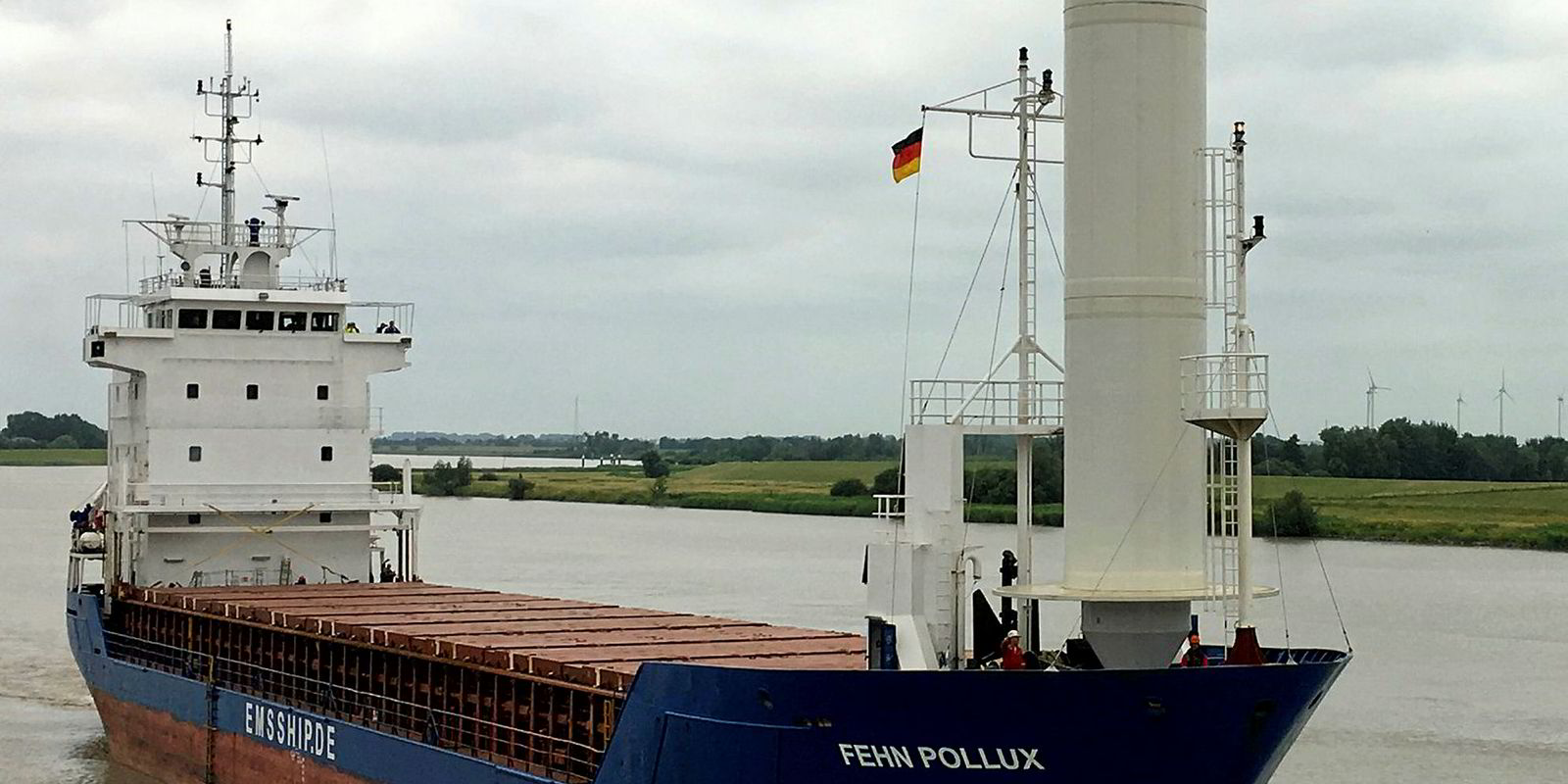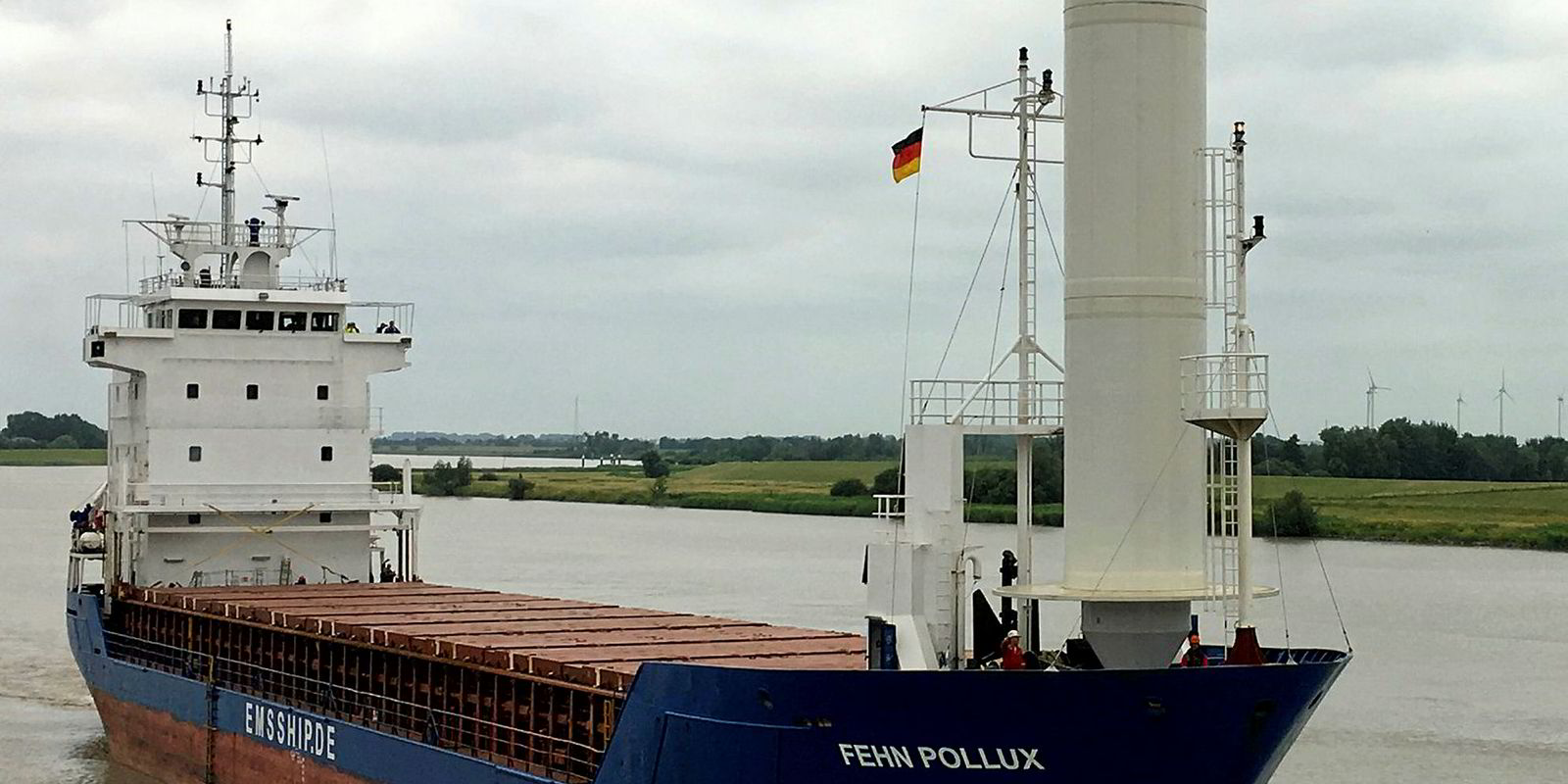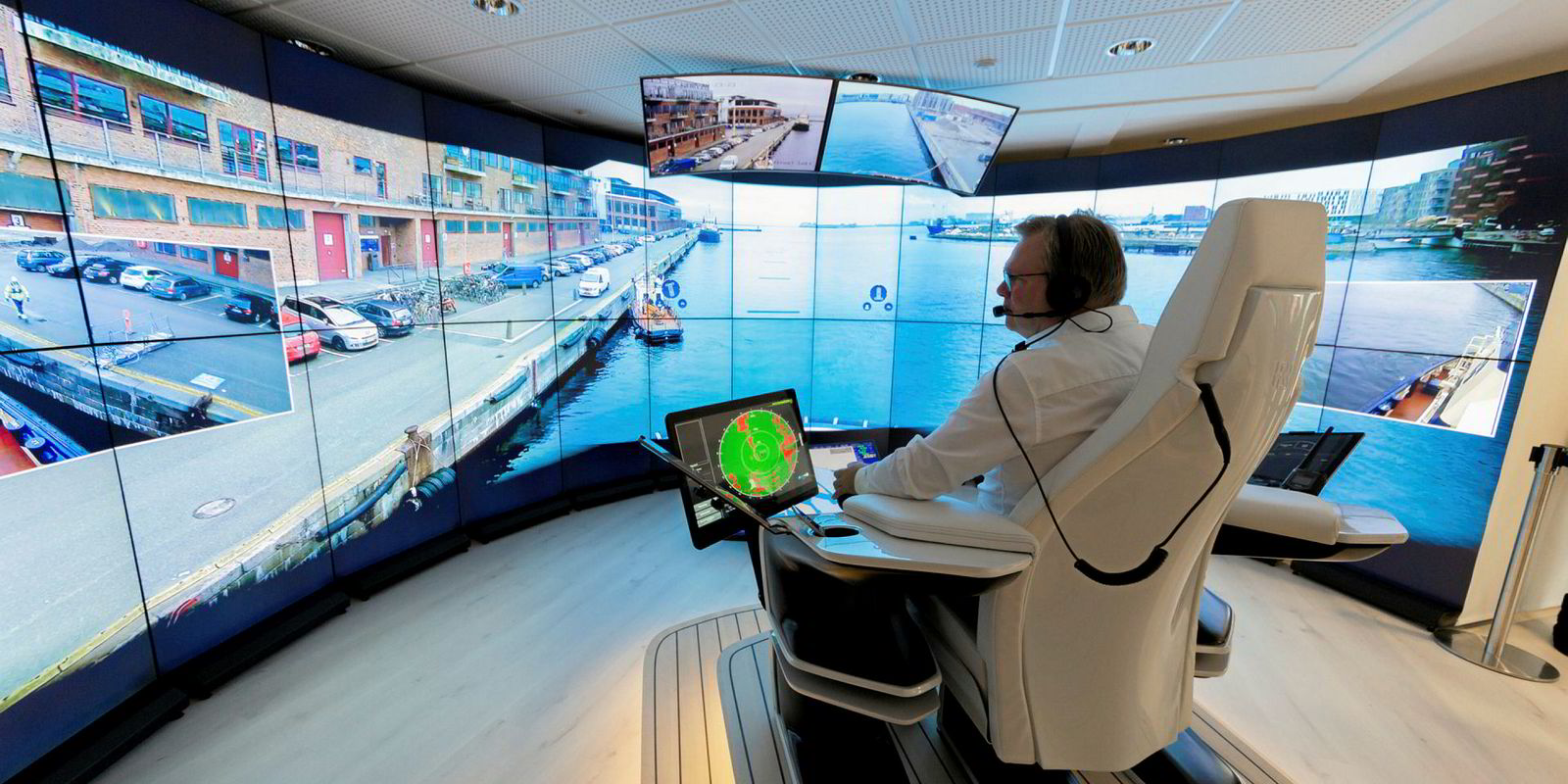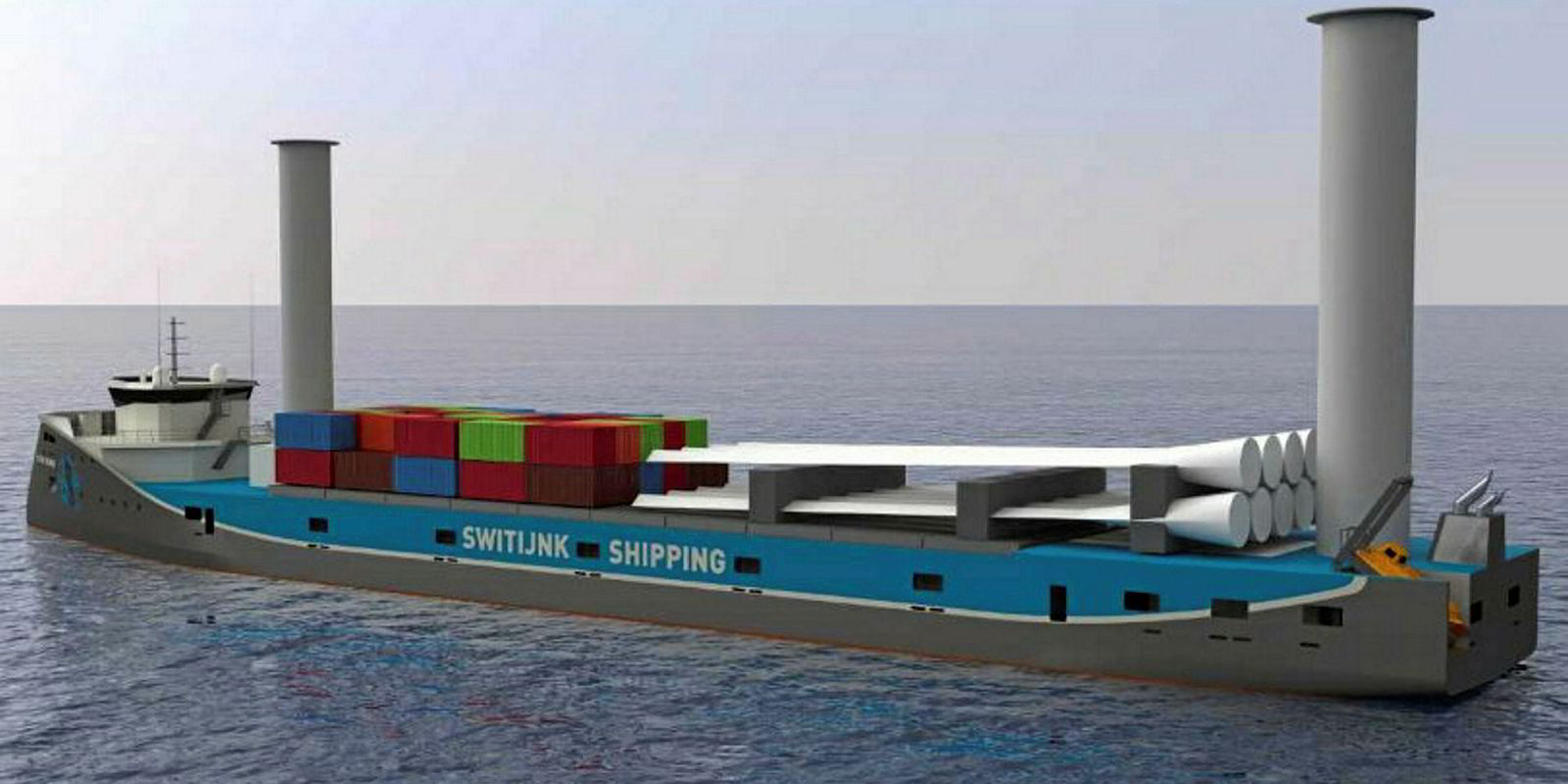When Croatian footballer Luka Modric took corner kicks during the World Cup in Russia, few fans appreciated the fact that his pinpoint accuracy provides insight into a green technology increasingly being used on ships.
The flight of the ball towards the goal was the result of what is known as the Magnus effect, whereby a spinning object drags air faster around one side, creating differences in pressure.
The object moves in the direction of lower pressure, just as the ball curves on its flight to goal, a phenomenon applicable to other ball sports, and one which promises to yield substantial fuel savings for vessel operators.
In the case of ships, an electric motor inside a cylinder on deck causes it to rotate and create the pressure difference to drive the vessel forward. The main engine load is reduced and fuel is saved.
Various companies have entered the space including Norsepower Oy of Finland, one of whose rotor sails was installed in April on the 57,565-gt, LNG-fuelled ropax Viking Grace (built 2013) — the first passengership of its size equipped with such technology for harnessing wind power.
According to classification society Lloyd’s Register, the cylindrical Flettner-style rotor on the vessel is expected to reduce fuel consumption, and thereby emissions, by up to 900 tonnes of CO2 per year.
Norsepower chief executive Tuomas Riski tells TradeWinds that wind propulsion via a Flettner rotor has “great potential” to reduce carbon emissions by between 5% and 10%.
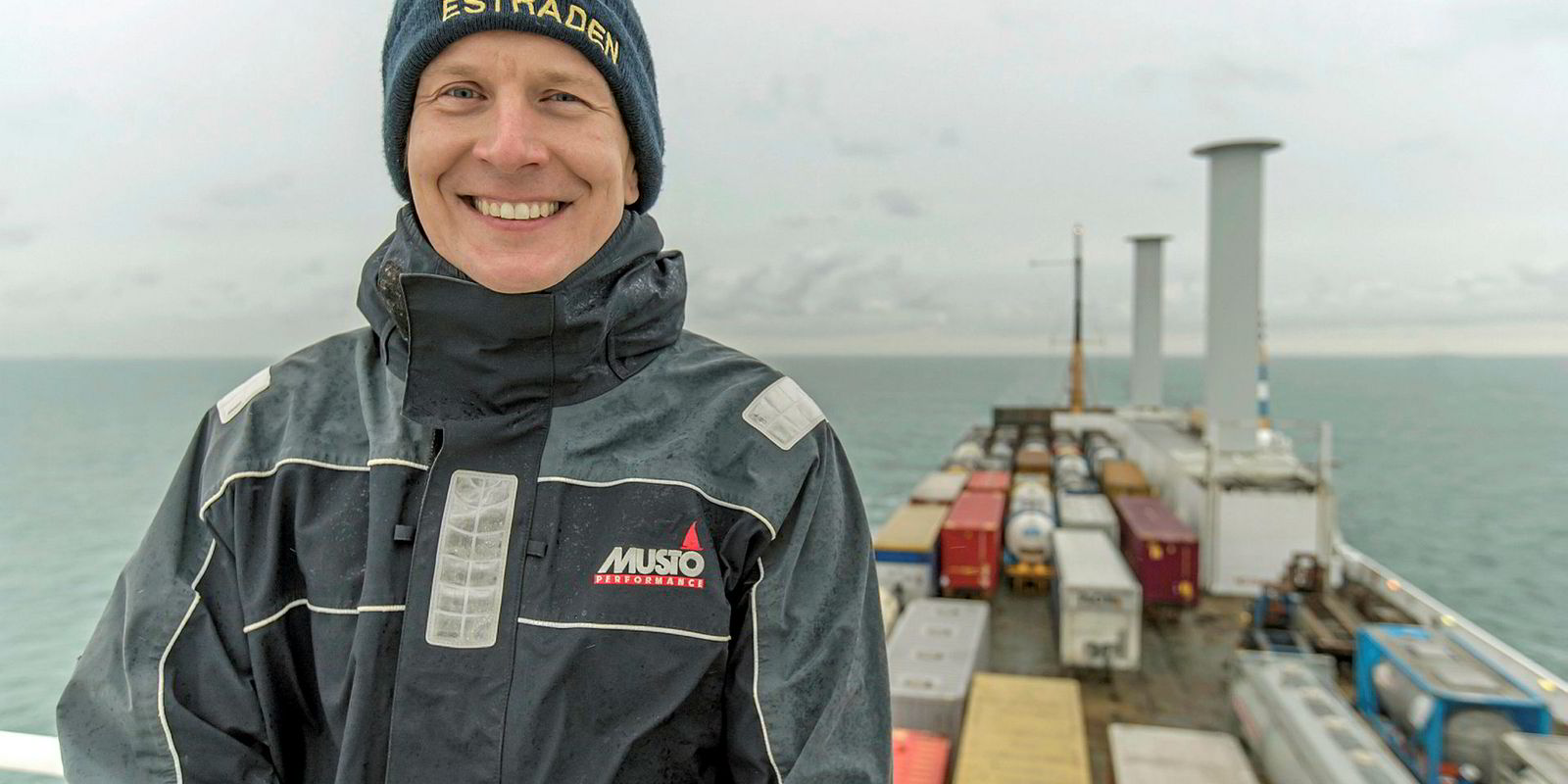
Ro-ros, ferries, tankers and bulkers are all candidates, while the only major vessel type where it is difficult to fit Flettner rotors is containerships because of a lack of available deck space. New boxship designs may be developed to be better suited to using auxiliary propulsion, Riski says.
He adds that the typical installation cost of Norsepower’s technology, involving several rotor sails, is $1m to $2m.
Current payback periods range between three and eight years but that depends on the type of ship, wind conditions in which it operates and the number of hours a vessel is sailing each year.
“We are working hard to optimise our technology and reduce the price,” Riski says, adding that the target is a payback period of less than four years in average global wind conditions across all shipping routes.
Winds are weaker closer to the equator and stronger nearer the poles. The northern Atlantic and northern Pacific, as well as specific areas such as the North Sea and Baltic Sea, offer the best business potential.
Sights are now set on new customers with bigger fleets to ramp up volumes and bring down prices.
Two of Norsepower’s smallest 18-metre rotor sails were installed on a Bore ro-ro in 2014 and 2015. Riski says analysis by three different research companies found average annual savings of around 400 tonnes of fuel.
The Viking Grace rotor sail was slightly bigger, at 24 metres, and later this year the two largest ever — of 30 metres — will be fitted to a Maersk Tankers LR2 product carrier.
Tommy Thomassen, Maersk Tankers' chief technical officer, says it is the first technology it has found suitable for larger vessels. The company has been looking at the potential use of wind and solar power for many years.
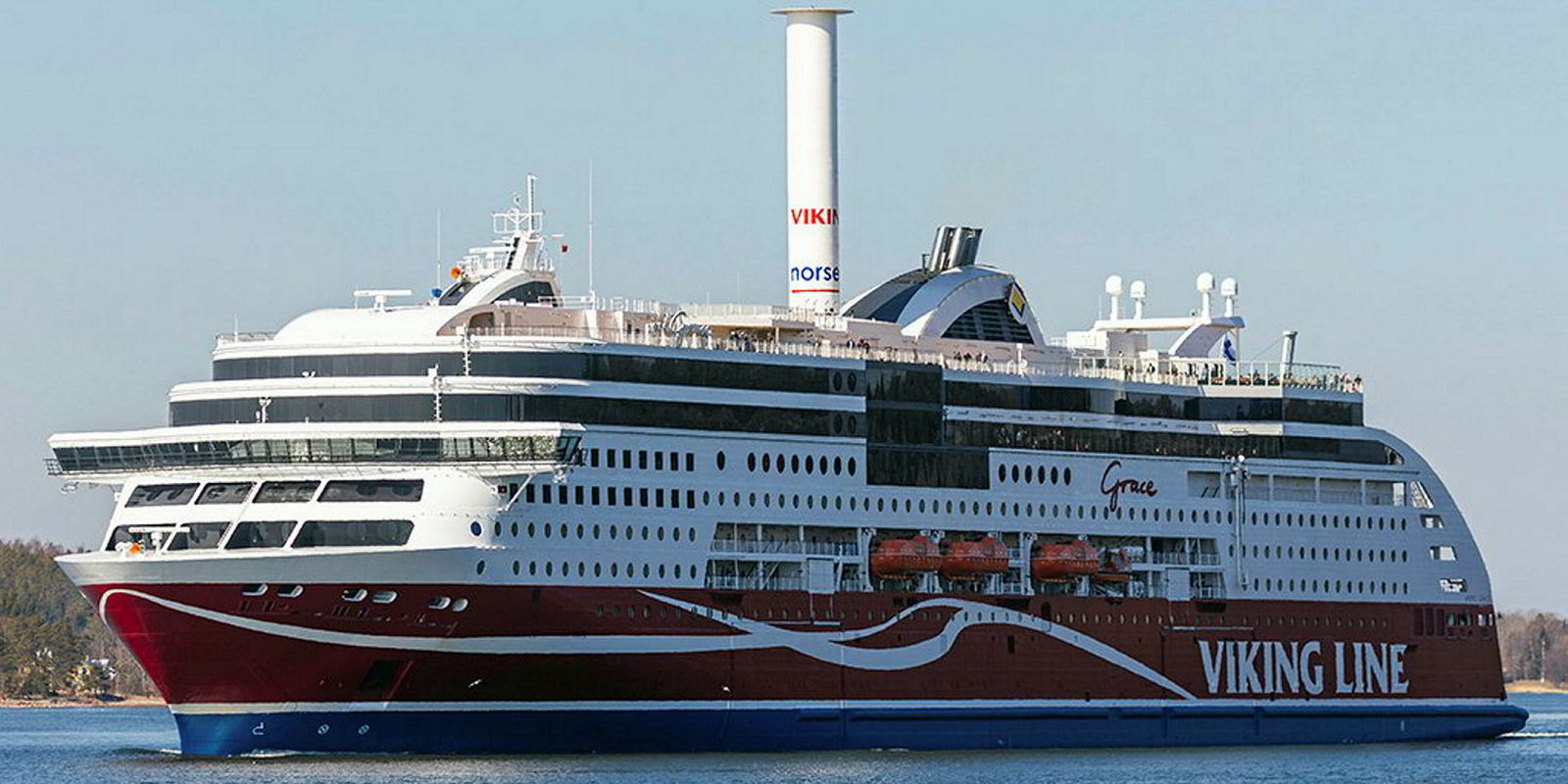
Thomassen describes the Flettner technology as “fairly simple and easy to operate” compared with other technologies. Shell and the Energy Technologies Institute are partners.
Viking Line has ordered a cruise ferry newbuilding in China that will have two 24-metre rotor sails installed similar to that on the Viking Grace. An optimum number and size of rotor sails can be achieved for individual vessels.
Riski says there is also dialogue with several other leading shipping companies. It will take time but he says “things are going in the right direction”.
Norsepower has suppliers in different countries, with main components so far having come from companies in Finland, the Netherlands and Poland. But now the outfit is also sourcing from China.
“I can see it one day becoming a no-brainer to have these onboard certain ship types,” Riski says.
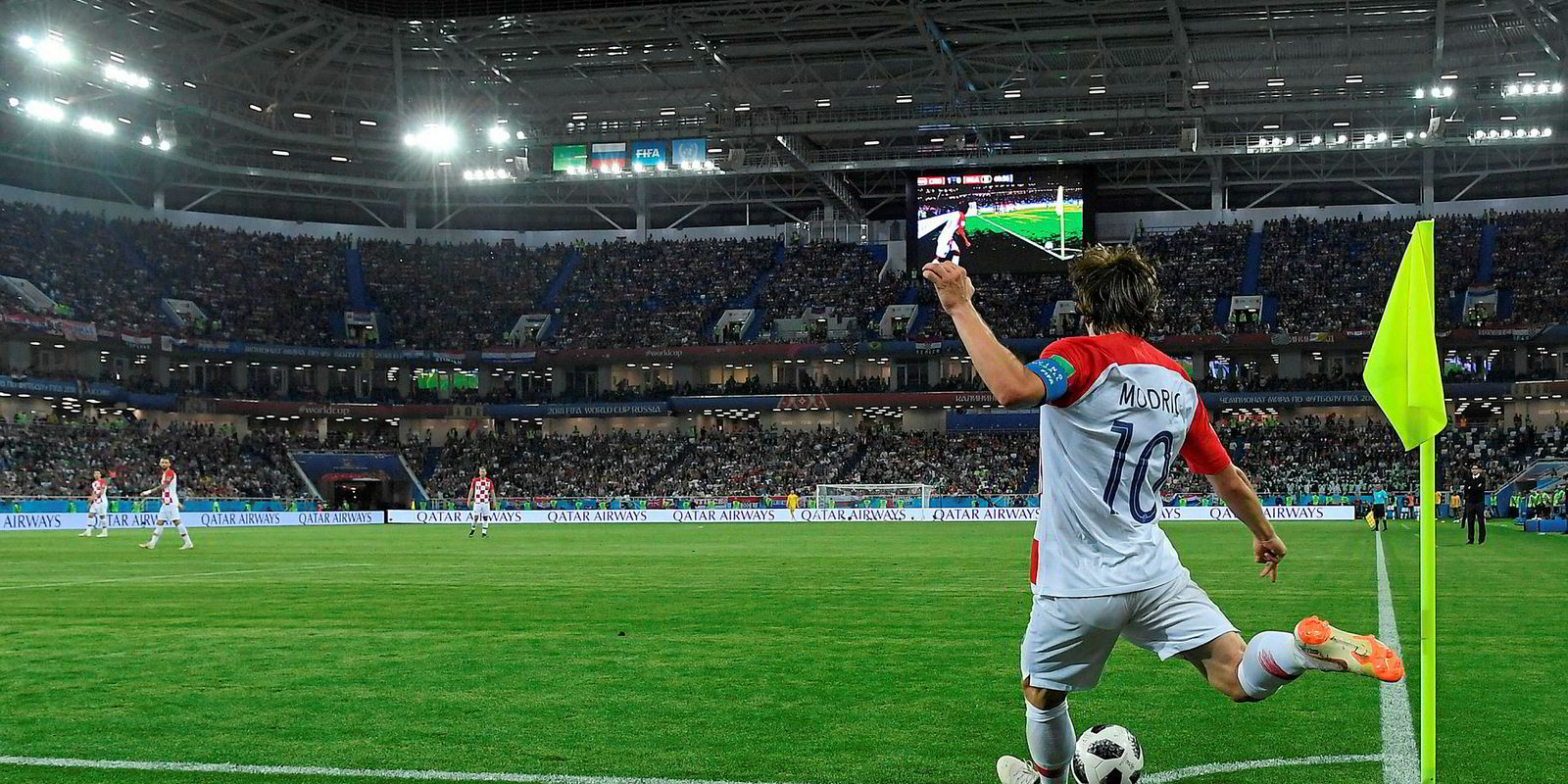
Newbuildings offer the greatest business potential but, during the “so-called technology transition period, I also see [further] retrofits being made”.
Germany’s Enercon, the world’s fourth-largest producer of wind turbines, had four Flettner rotors installed on its 10, 020-dwt general cargoship E-Ship 1 (built 2010).
Little information has been revealed since the ship entered service to transport Enercon components. However, the company has claimed that fuel savings of up to 15% can be achieved.
Market sources say Enercon used aluminium to build the rotating parts of its sails, whereas others have turned to composite materials.

